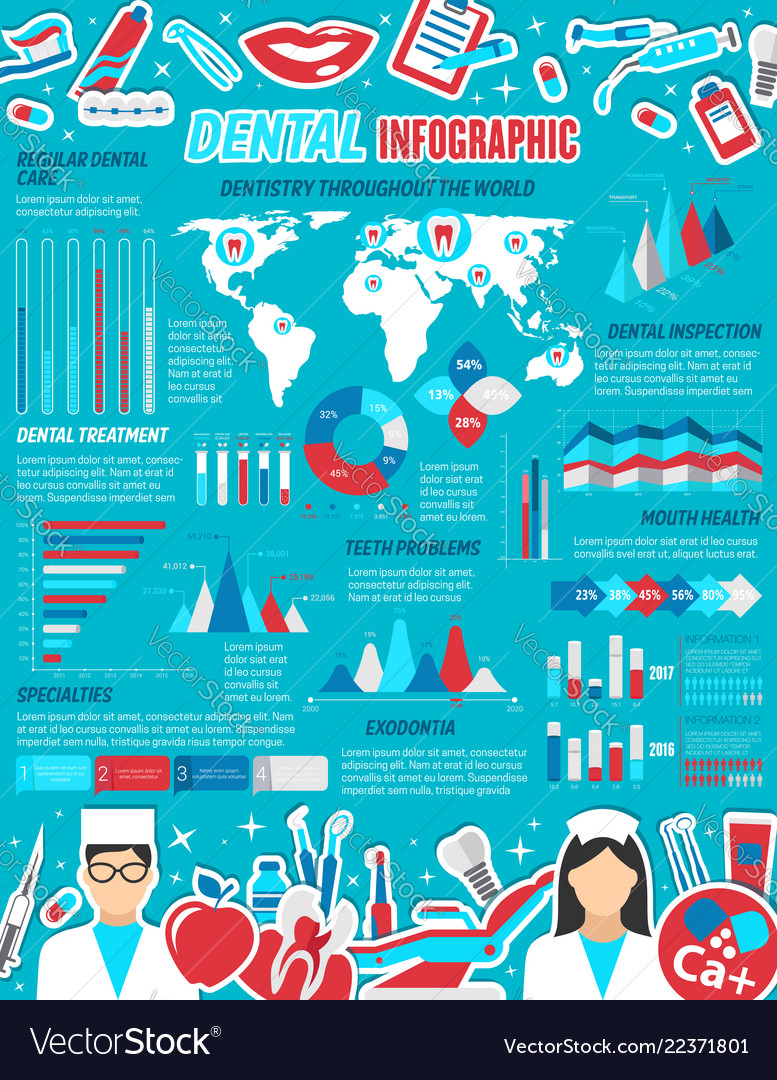The Innovation Of Dental Surgery: Pioneering Innovations And Advances Specifying The Area
The Innovation Of Dental Surgery: Pioneering Innovations And Advances Specifying The Area
Blog Article
Web Content Develop By-Johannsen Hessellund
Invite to the world of oral surgery, where technologies and developments are shaping the future of the field! In this amazing realm, you'll witness the transformative power of robotics, the advanced wonder of 3D printing, and the game-changing influence of minimally intrusive methods.
The future of oral surgery holds an assurance of precision, effectiveness, and improved client outcomes. With the help of innovative robotics, specialists are able to execute intricate treatments with higher precision and control.
3D printing technology is transforming the creation of dental implants and prosthetics, providing customized remedies that fit perfectly right into each patient's special composition.
Furthermore, minimally invasive techniques are minimizing post-operative discomfort and recuperation time, allowing people to return to their lives earlier.
Get ready to discover the exciting developments and advances that are improving the landscape of dental surgery!
Advancements in Robotics
One significant advancement in dental surgery is the use of robot technology, which permits precise and effective procedures. With the help of robotic systems, oral cosmetic surgeons have the capability to perform intricate surgeries with boosted accuracy, minimizing the threat of human mistake.
These robotic systems are furnished with advanced imaging innovation and specific instruments that allow surgeons to navigate through detailed anatomical frameworks easily. By making use of robotic innovation, specialists can achieve better surgical precision, causing enhanced client outcomes and faster recuperation times.
Furthermore, using robotics in dental surgery enables minimally invasive procedures, reducing the injury to bordering cells and promoting faster recovery.
3D Printing in Oral Surgery
To boost the area of oral surgery, you can check out the subtopic of 3D printing in dental surgery. This innovative modern technology has the possible to reinvent the method oral doctors operate and deal with patients. Here are 4 key ways in which 3D printing is forming the field:
- ** Personalized Surgical Guides **: 3D printing enables the creation of extremely exact and patient-specific medical guides, enhancing the accuracy and performance of procedures.
- ** visit my web site **: With 3D printing, dental cosmetic surgeons can produce customized implant prosthetics that flawlessly fit a patient's unique anatomy, resulting in far better outcomes and patient contentment.
- ** Bone Grafting **: 3D printing allows the production of patient-specific bone grafts, reducing the demand for conventional implanting techniques and boosting recovery and recovery time.
- ** Education and Educating **: 3D printing can be made use of to create realistic surgical designs for educational objectives, allowing dental cosmetic surgeons to exercise complicated procedures prior to executing them on patients.
With its potential to improve accuracy, customization, and training, 3D printing is an amazing growth in the field of dental surgery.
Minimally Invasive Strategies
To further advance the field of dental surgery, welcome the potential of minimally intrusive methods that can considerably benefit both doctors and individuals alike.
Minimally invasive strategies are revolutionizing the area by reducing medical trauma, reducing post-operative discomfort, and increasing the healing process. These methods involve utilizing smaller cuts and specialized tools to carry out procedures with precision and performance.
By using https://edgarwzbdk.blue-blogs.com/40173235/the-length-of-time-do-dental-implants-last-variables-that-affect-durability , such as cone beam calculated tomography (CBCT), cosmetic surgeons can precisely plan and execute surgeries with marginal invasiveness.
Furthermore, the use of lasers in dental surgery permits precise cells cutting and coagulation, causing minimized blood loss and minimized recovery time.
With minimally intrusive methods, people can experience quicker recovery, decreased scarring, and improved outcomes, making it a vital aspect of the future of dental surgery.
https://howtowhitenteethhydrogenp10098.blog-mall.com/33580703/oral-implants-for-elders-what-you-required-to-know , as you can see, the future of dental surgery is extremely promising, with interesting technologies and breakthroughs forming the area.
From please click the following internet page in robotics to using 3D printing and minimally intrusive techniques, oral cosmetic surgeons are revolutionizing the method they give treatment.
While some might bother with the prospective cost associated with these innovations, it is necessary to bear in mind that these innovations ultimately enhance individual end results and decrease healing time, making them well worth the investment in the future.
